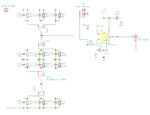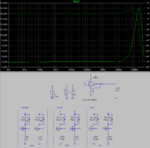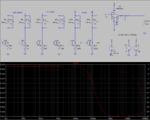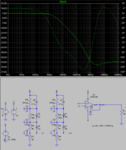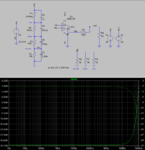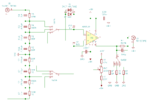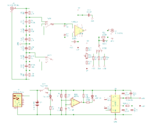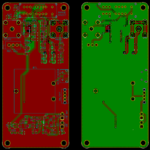
- Joined
- Jan 22, 2008
- Messages
- 53,095
- Helped
- 14,792
- Reputation
- 29,871
- Reaction score
- 14,289
- Trophy points
- 1,393
- Location
- Bochum, Germany
- Activity points
- 300,995
At least two problems:
- still asymmetrical voltage divider by not switching the input side of the negative dividers
- PCB clearance not suited for 2 kV input voltage
Why not single compensated divider strings for positive and negative path?
- still asymmetrical voltage divider by not switching the input side of the negative dividers
- PCB clearance not suited for 2 kV input voltage
Why not single compensated divider strings for positive and negative path?

